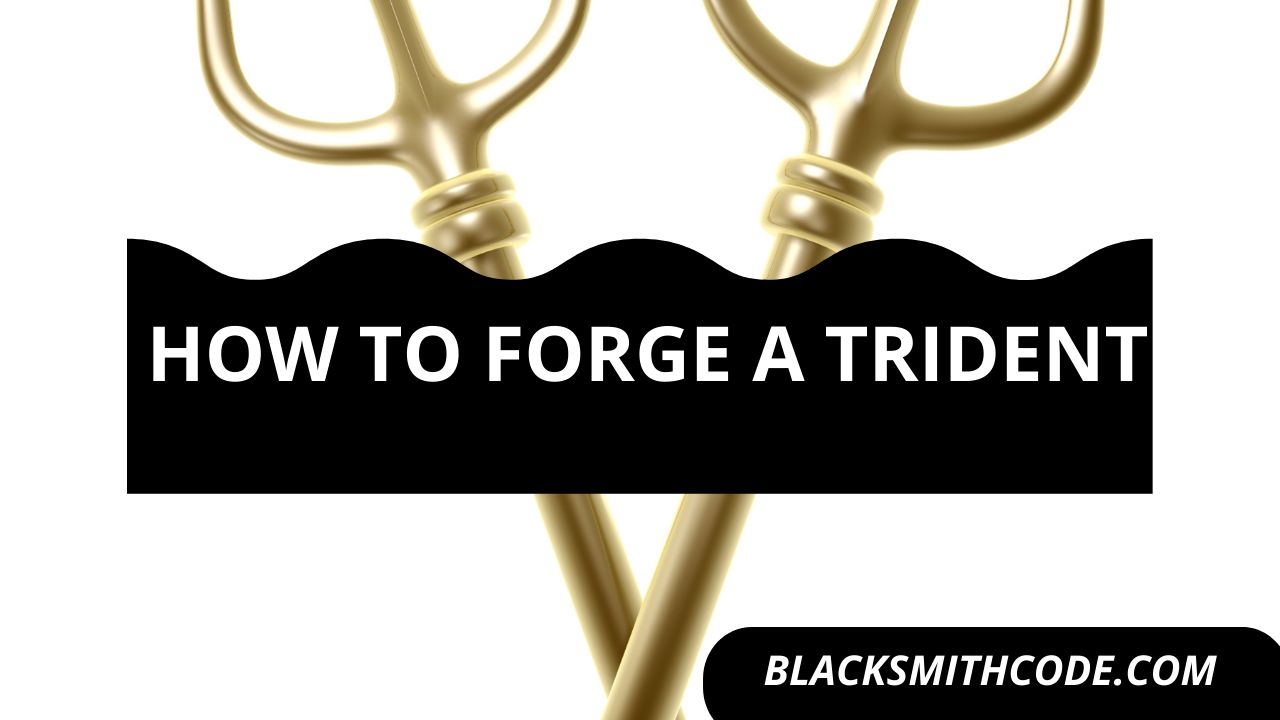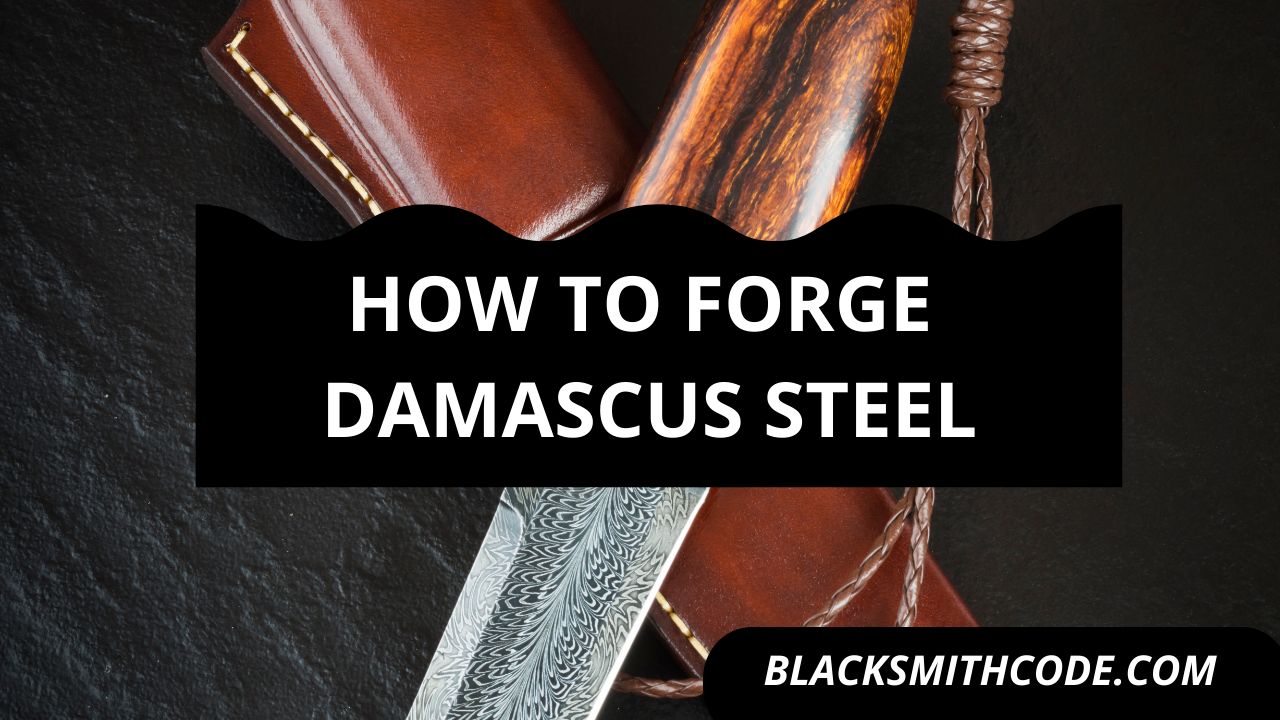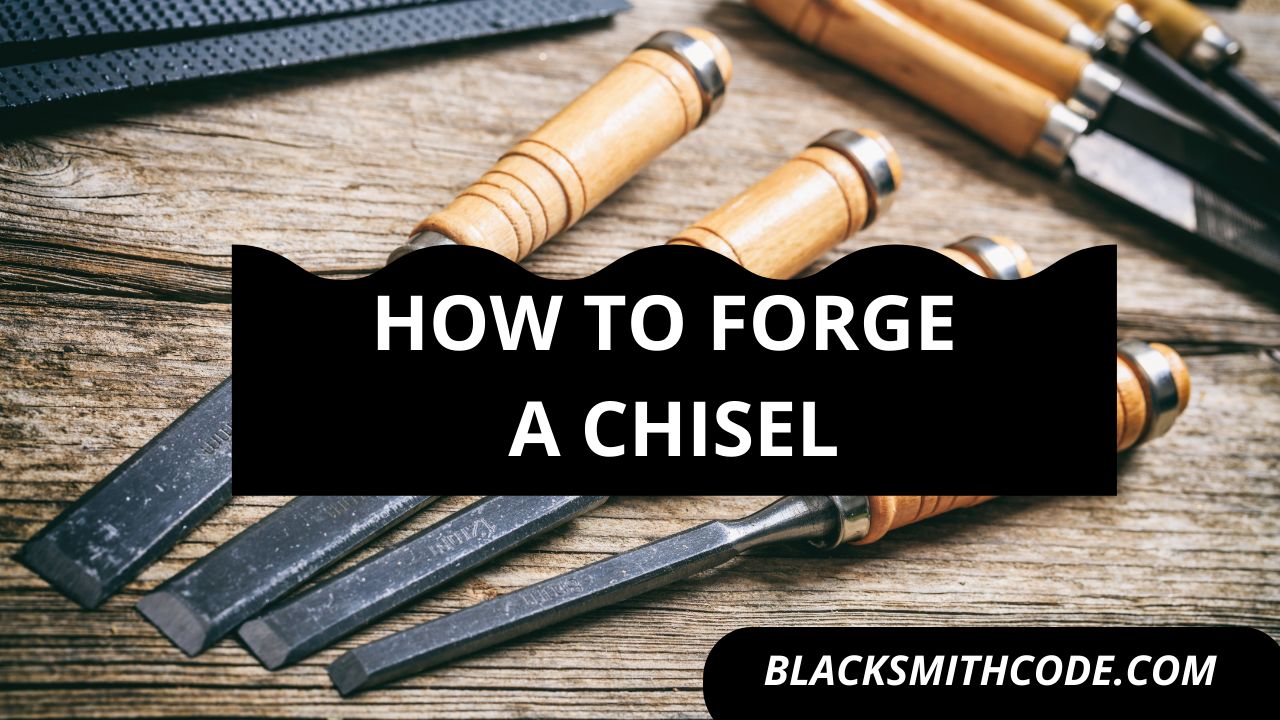If you have interest in learning how to forge a trident, here are some steps that tell how to bring this to reality.
A trident is a tool shaped like a spear with three tongs at the end. It is used for fishing and also for other purposes depending on where and when it is useful. The trident is associated with the god of the sea, Poseidon.
The trident is also useful as a weapon of battle. It is used in ancient times to fight wars. It is also helpful as a prize for great legacy and good work.
Forging a trident is a straightforward task to do if you know the right way to go about it. Check out the steps to follow to form your trident.
Essentials on How to Forge a Trident
Instructions on How to Forge a Trident
Step 1: Get The Shape of Your Trident
Before you start forging your trident, you have to get the shape of the trident you want to form. The shape of the trident you use is what determines the type of trident you get. It also influences the procedures you will use.
You should trace and cut out the shape of the trident using craft foam. Better still you should have a visual representation of what you want to create.
Step 2: The Action of Heat
You should apply heat to the metal. The type of heating for the metal is depending on the material you want to use. If you are using a metal rod, heat them to forge able temperature.
Pro Tip
- Make the rod that would form the handle of the trident.
- Get sizable metals that can form the teeth of the fork. It would be best if you have sizable metal that would fit perfectly.
Step 3: Cutting
Now, it is time to cut the materials into the sizes you want. The size of the metal you would cut at this stage would determine the end size of the trident fork.
Quick Steps
Cut the size of the fork according to your initial measurement.
- The size of the fork teeth should be proportional to the handle.
- Cut the number of tooth that you plan for your trident fork.
- Depending on the type of fork you intend to fork to forge, you can create a slant metal to attach fork teeth.
Step 4: Grinding and Sharpening
Grind your metals to perfect your process of forging a trident. Smoothen the edges and sharpen the tip of your fork. You can determine the sharpness of the teeth.
Quick Steps
- Heat the tip of the teeth to suitable temperature
- Hammer tip gently to give a thin end
- Complete the process with use of a grinder.
- Also, smooth the edges of the metals.
Step 5: Joining
Now it is time to join your single pieces together to form a complete fork.
Quick Steps
- Start by joining the teeth to the slant metal.
- Heat the two parts to be joined together
- Hammer it down gently until you have a perfect fix.
- Repeat the process for all the parts you intend to join
Step 6: Hardening and Tempering
There are two ways to this. You can either do it before joining the pieces of metal or carry out this process after you must have joined the metal.
Quick Steps
- Heat the metal to appropriate temperature.
- Quench rapidly in quenching oil or water.
- Repeat the process until you have a perfect end.
Step 7: Making Your Preferred Texture
You can create a soft texture and likewise, a rough surface. You add textures by smoothing out the edges. However, the overall choice of texturing is dependent on the personal preference of the blacksmith.
Step 8: Finishing/Painting
At this stage, your trident fork should be near a perfect end. The finishing touches will help you fine-tune and clean up your work. You can also decide to paint the fork if it suits your needs.
FAQs on How to Forge a Trident
Question
Are tridents real?
You might know of the popular myth that talks about the sea god, Poseidon. Myths have it that Poseidon has a trident that shows his power. Some even say that the trident contains his power.
If you are referring to this trident, then you can’t find it because it is a myth and isn’t confirmed to be true.
But if you are referring to a fisherman’s trident, then the trident is real. You can also find different types of trident made by smiths at an affordable price. Some tridents are also kept as antiques or prizes for a job well done.
Question
What do you need to forge a trident?
All you need to forge a trident is the tools used in forging. The tools are listed above. You also need the materials you intend to forge your trident orientation.
The trident can be formed from varieties of materials. The material you intend to use determines the quality of your trident ranging from metals to plastics.
Question
Which is a better weapon to hunt and fish, trident or spear?
In fishing, the trident might not be the best weapon to use. It is better to make use of a spear in place of a trident because of its ease of use. It is easier to make use of a spear because the spear thrusts easily than a trident because of its pronged shape.
In hunting, the trident is a better choice because of its forks which covers a larger surface area unlike the spear.
Video
Warnings
It is also very difficult to wield a trident as you will wield a spear. Though the trident might cause more damage than the spear, it is very easy and efficient to make use of a spear.
Here are some precautions you should take note of when forging your trident.
- Put on the appropriate type of clothing.
- You should be careful when dealing with tools that can cause you injuries.
- Do not make use of damaged tools as they might pose hazards to you.
- When making use of the glue, you should be very careful so you won’t glue your hand together.
- You should always follow safety instructions.





